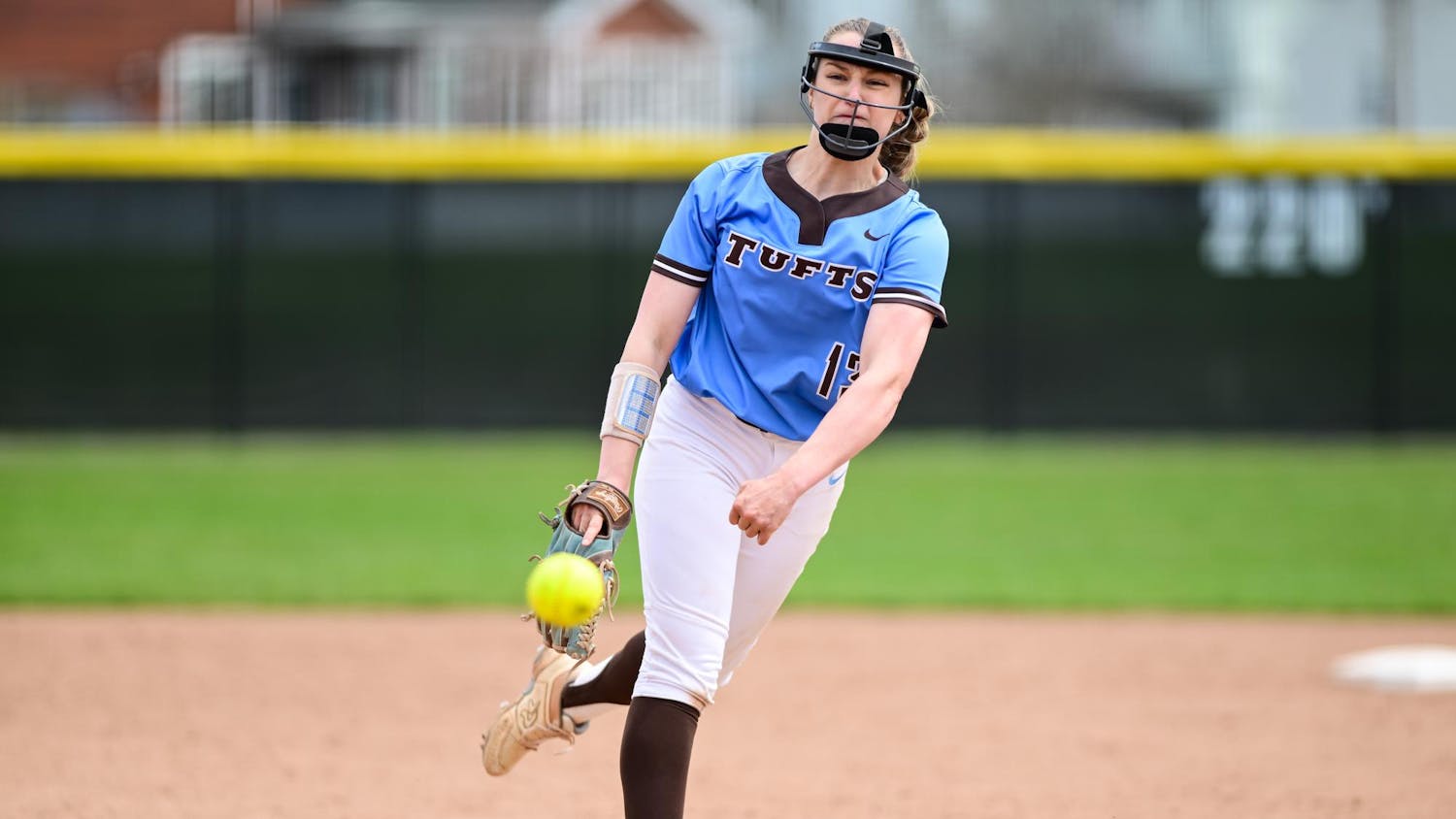November is finally here. I, for one, am ecstatic about this news, as it means our long, collective national nightmare is over. What am I talking about exactly? Unemployment is still over 9 percent. Economic downturn is still (debatably) going on strong.
But no problem rested at the front of my mind for the past month as much as NFL players wearing pink, in the form of cleats, gloves and I'm sure 19 other jersey accessories that I have forgotten.
Yep, thank whatever higher power you believe in: Breast Cancer Awareness Month is over.
Now before you call me heartless, give me a chance to explain myself. I've got two problems with pink in the NFL. First, the efficacy and purpose behind Breast Cancer Awareness Month is dubious at best; and second, even if you believe in the purpose of the month, why exactly is the NFL supporting a cause to eradicate a disease that afflicts, well, few — if any — of its players, current or former?
My first claim is probably the one most people find immediately offensive. I can't do the issue justice in this space — check out Katherine Rich's review of Gayle Sulik's "Pink Ribbon Blues" on Slate.com for a more detailed explanation — but here are the most salient points:
For all the "awareness" given to breast cancer today, women are more likely to get the disease than they were in 1975 (1−in−8 as opposed to 1−in−11), and, upon diagnosis, they are only 0.05 percent less likely to die from it, while they spend much more on treatment than they used to. Also, the main fund−raising group for breast cancer awareness, the Susan G. Komen Foundation, donates only 23.5 percent of its proceeds to charities.
Breast Cancer Awareness Month itself was founded by the American Cancer Society with underwriting from pharmaceutical company Zeneca. As Rich writes, "The company continues to underwrite and direct publicity for this month's breast cancer early detection campaign while also manufacturing the pesticides and insecticides that cause breast cancer." Not exactly the purest of intentions there.
Even if you're still a believer in the righteousness of the Pink−October cause, why exactly is the NFL championing this of all causes, especially when another, more pressing issue seems to directly affect the lives of many NFL players? (Cough … post−concussion syndrome … cough.)
Yet the NFL, at their behest, with a barrage of pink, urges women to get annual mammograms starting at age 40. Meanwhile, the benefits of doing so are increasingly debatable, according to new research, which finds that the added awareness leads to more unnecessary and dangerous biopsies that don't necessarily help.
As Jenny McCarthy's crusade against science and reason in the name of her son's autism shows, those most directly affected by a disease are never the most rational advocates for it. And so, the NFL advocates this PR−friendly cause and ignores the ugly issue right under its nose — namely, what becomes of its players' brains after they retire.
Of course, this makes perfect sense for the image−conscious league. No one wants to be reminded of the long−term consequences of the carnage they watch on Sundays.
So, instead of confronting its own mortality, the NFL distracts us with, as it says on its website, "pink coins used for the coin toss" and "game balls with pink ribbon decals used for every down!"
--
Ethan Frigon is a senior majoring in economics. He can be reached at Ethan.Frigon@tufts.edu.





